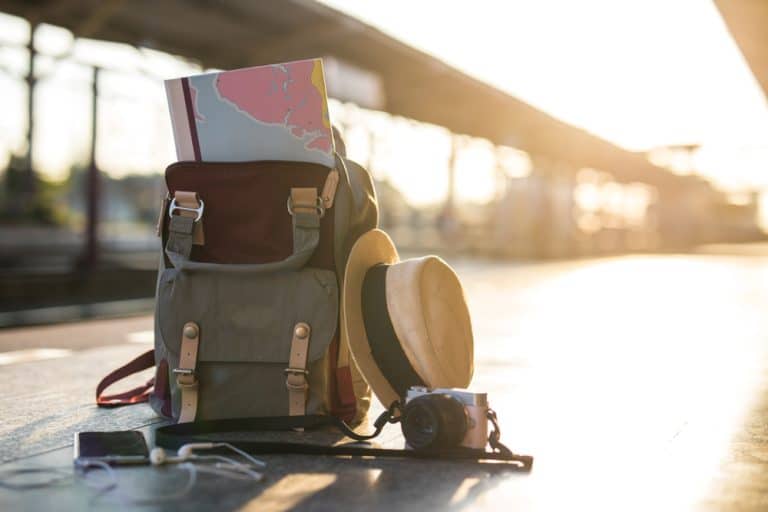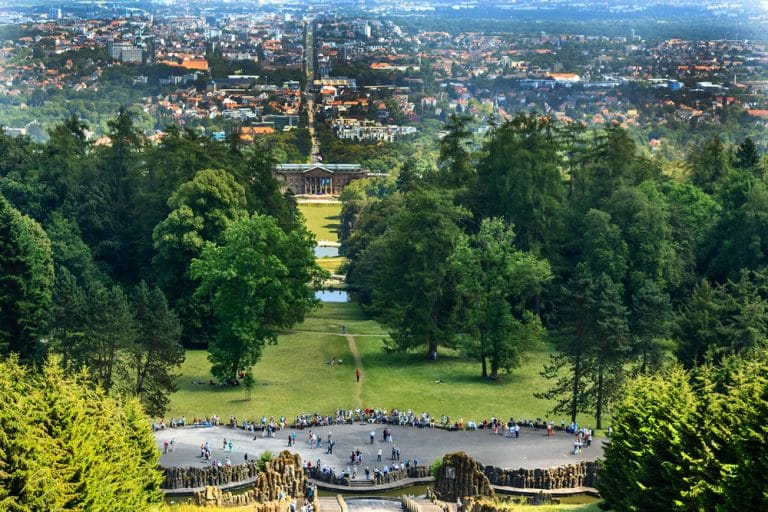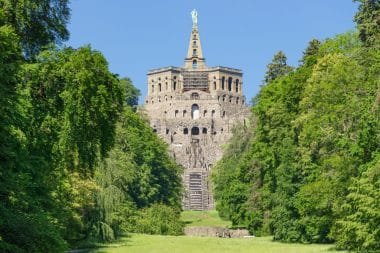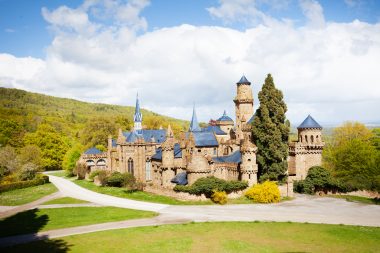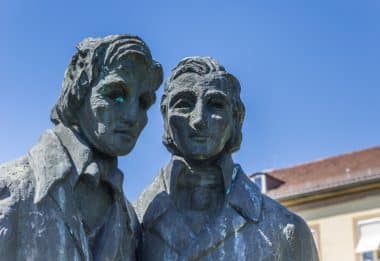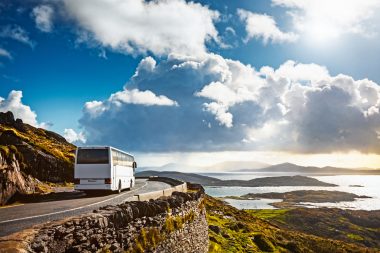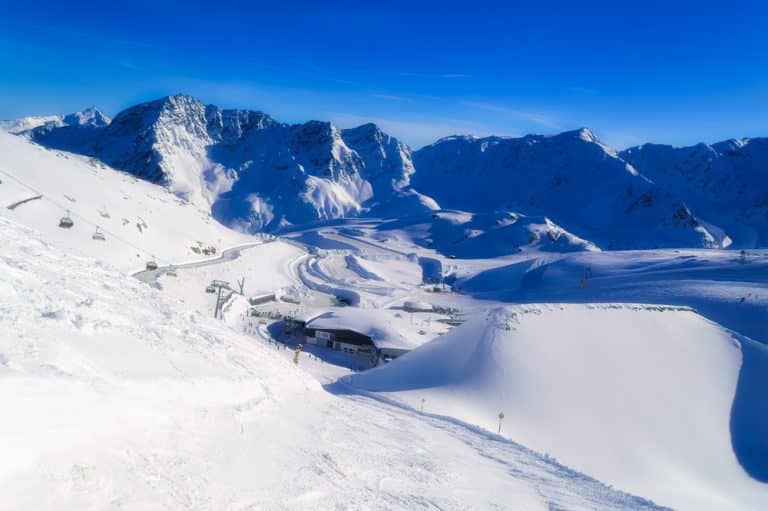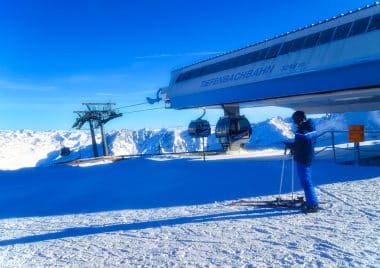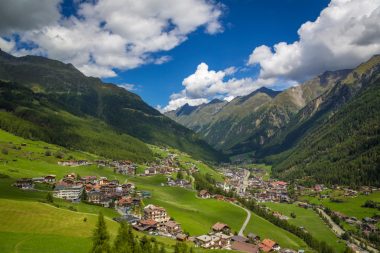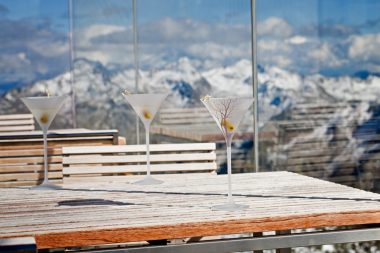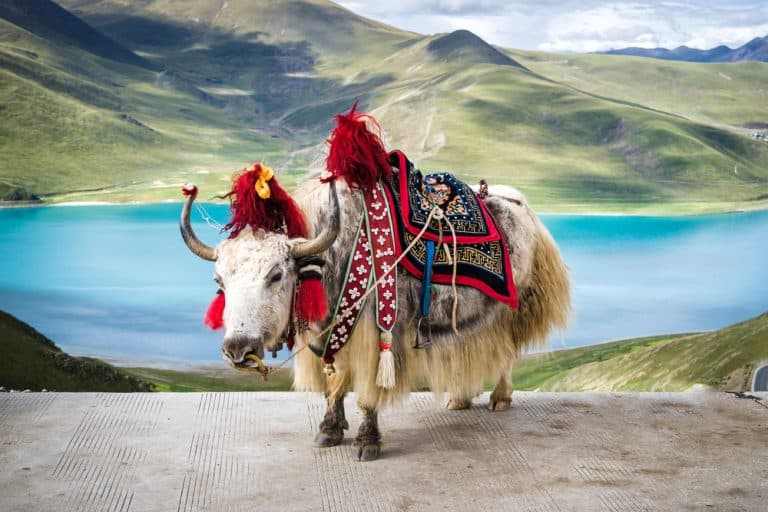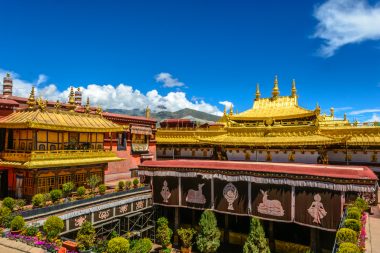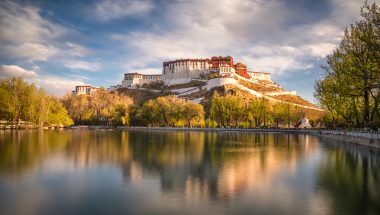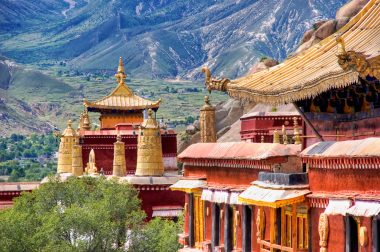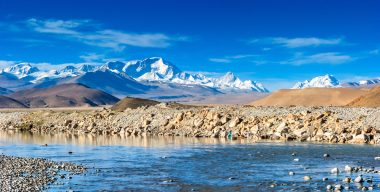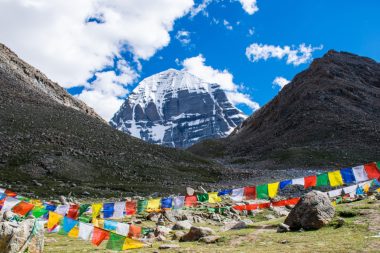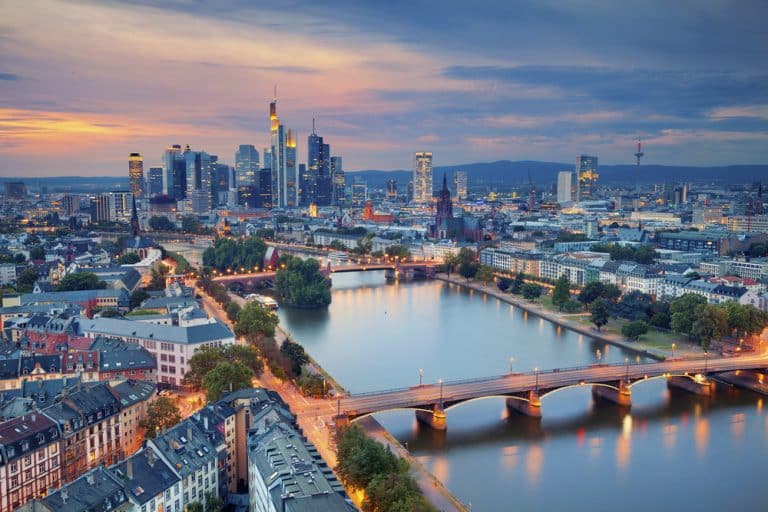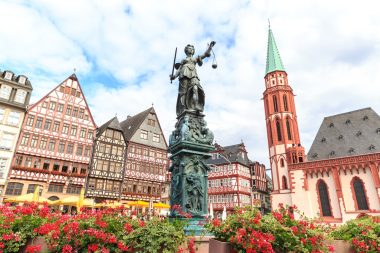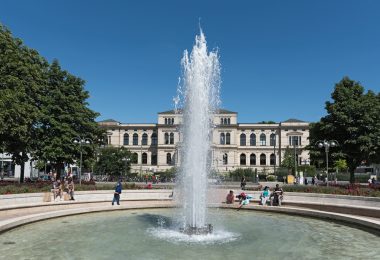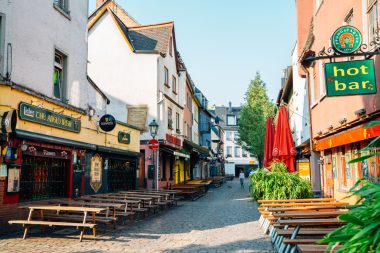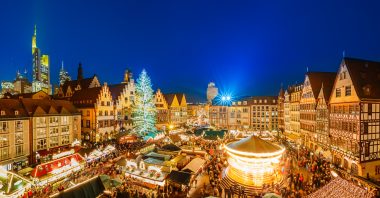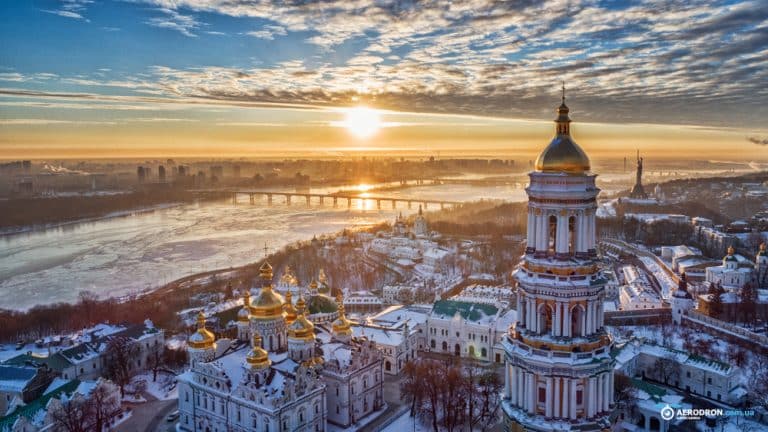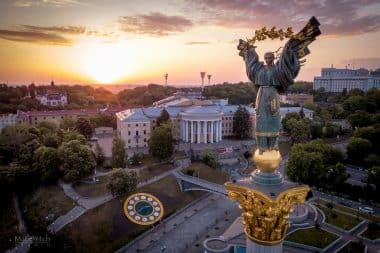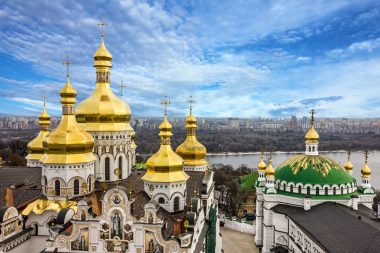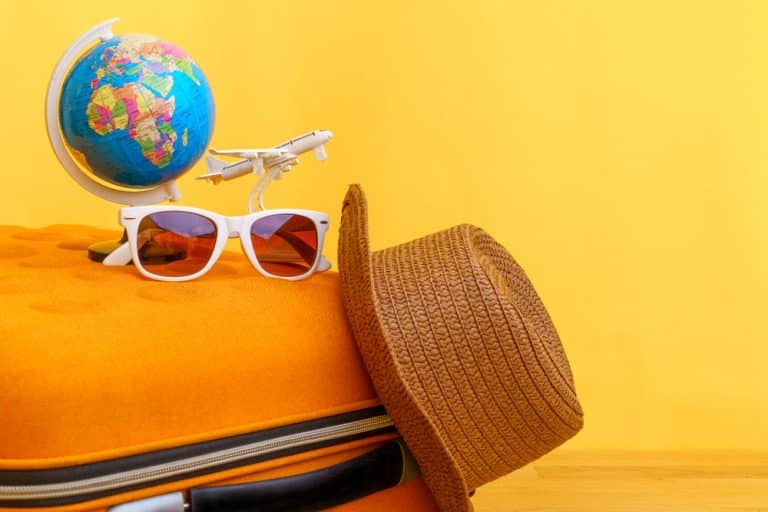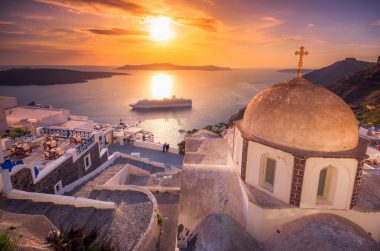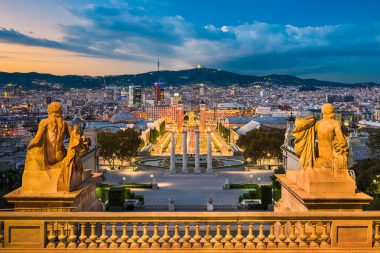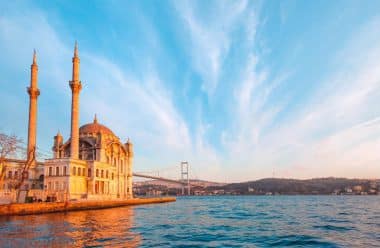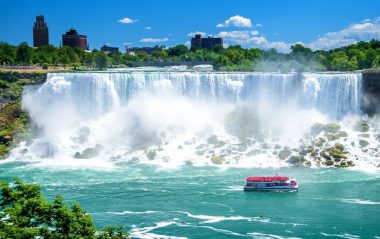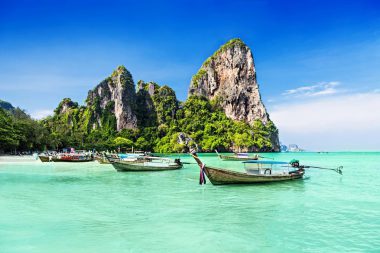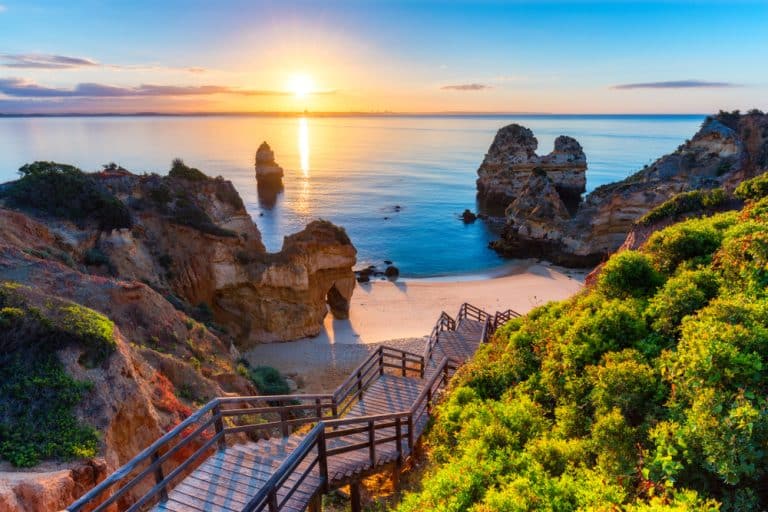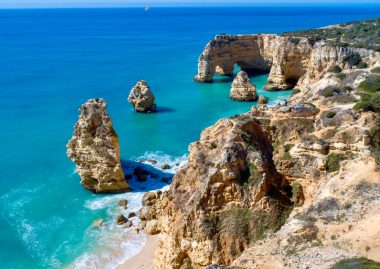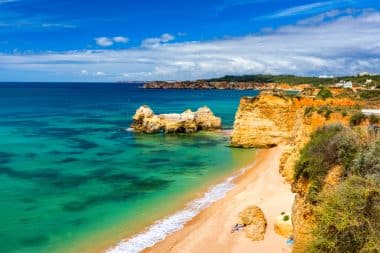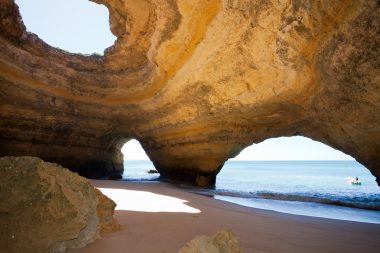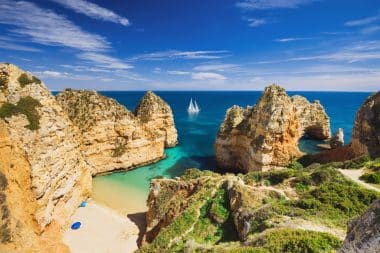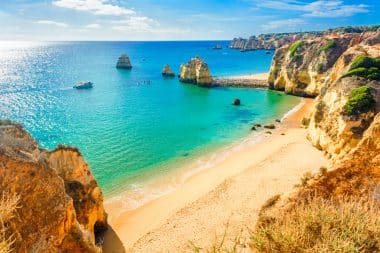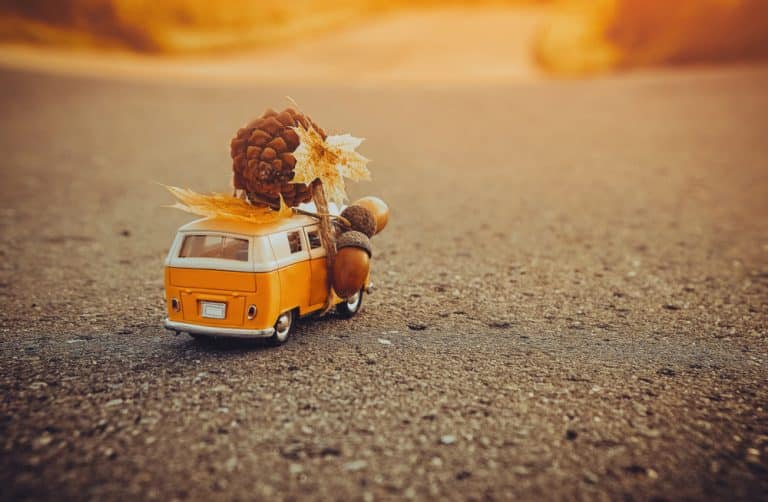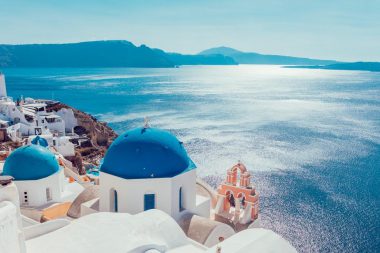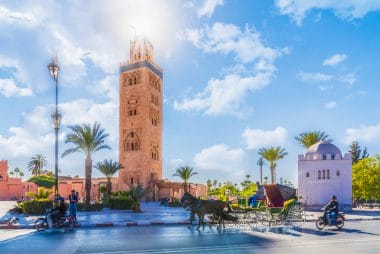Backpacking, i.e. backpacking trips in German, has always enjoyed great enthusiasm. In contrast to everyday hikes, backpacking trips often last several days with overnight stays. It is not uncommon for these to take place on campsites or somewhere in the middle of the wilderness. All over the world, natural wonders and national parks attract sporty hikers. In this list, some of the most popular destinations for backpackers are explained in more detail, where both newcomers and experienced hikers can experience exciting adventures. These eleven fascinating places find inspiration for a holiday on other continents. But also one or the other place here in Europe is represented, which takes your breath away with its sights.
United States
Yellowstone
Geysers, waterfalls and over 1500 km of hiking trails are not only offered to experienced backpackers. From about 300 campsites, Yellowstone can be explored, even for newcomers, on and off the official hiking trails. One of the most popular routes is the Firehole Meadows. Along geysers, hot springs and alpine meadows, you can discover a lot of the local wildlife. Many other hiking trails lead past deep canyons, rivers and promise wonderful views of the Grand Canyon.
Grand Canyon
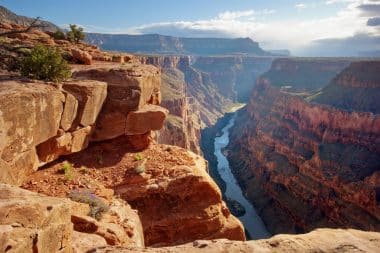
Just a day’s trip from Yellowstone National Park is Grand Canyon National Park. The majority of the more than 400 km long gorge is located here. From several vantage points you can overlook large parts of the canyon. Hikes around, in and in the canyon promise unforgettable impressions. Permission must be applied for overnight stays. If you like it a little wilder, you can throw yourself into the waters on the white water of the Colorado River, with rafting boats or canoes.
Utah Park
Several national parks in Utah invite backpackers on exciting adventures. The best known is probably the Arches National Park with the Delicate Arch. This can also be found on Utah’s license plates. But the rest of the national parks are also full of natural wonders to marvel at. The Angels Landing hiking trail in Zion National Park offers a challenging route for very experienced hikers. For beginners, Snow Canyon State Park offers a nice easy trail that can be completed in less than a day and includes all the highlights of the park.
Viet Nam
Rice Terraces in Hoang Su Phi
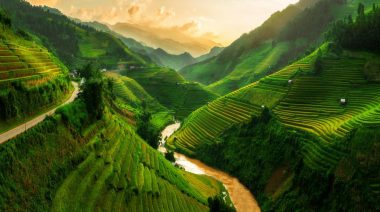
These are located in the north of Vietnam in the province of Ha Giang. As a national landmark, it is a special pride of the inhabitants. Via winding paths, along the terraces, you catch a breathtaking view over extensive rice fields on the slope. Especially at harvest time, the area offers special pictures. The landscapes around the rice terraces also offer mountains, valleys and bodies of water that want to be explored.
Ban Gioc Waterfalls
These waterfalls are located half in China and half in Vietnam. It is fed by the Quay Son River, which forms the border between the two countries. To visit the most famous waterfall in Vietnam, you have to buy a ticket on site. On bamboo boats you can get as close as possible to the natural spectacle. A few kilometers away from the Ban-Gioc waterfall there are beautiful cave systems. Not yet reached by mass tourism, you will meet only a few other hikers at the waterfall and its surroundings, especially on weekdays.
Austria
Kitzbühel
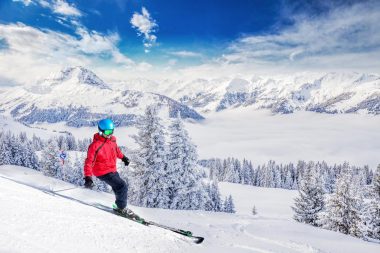
Over 1000 km of hiking trails invite hikers to take on challenging routes as well as leisurely walks. The most popular routes lead to the Hahnenkamm or the Kitzbüheler Horn. Several mountain huts offer wonderful views and local delicacies during the breaks. In winter, guided ski tours are also offered, where you can admire the beauty of the mountains under a thick blanket of snow. In 2019, Kitzbühel was awarded the European Hiking Seal of Approval.
Ellmau
Hikers can expect over 200 hiking tours in Ellmau . These tours lead past forests, alpine pastures and beautiful panoramas. Several mountain railways lead to the Hartkaiser or the Hohe Salve, among others. With attractions such as the Hexenwasser, this destination is particularly suitable for families with hiking enthusiasts. Here, too, you can enjoy Austrian food in the numerous mountain huts.
Australia
Blue Mountains
This national park, near Sydney, Australia , has everything a backpacker’s heart desires on 11,000 square kilometers. Guided tours offer canyoning, abseiling and many other exciting sporting activities. Of course, you can also explore the area independently without a guide. However, if there is an increased risk of forest fires, it is advisable to join a group as an inexperienced backpacker. With several viewpoints, highlights and cave visits, the Blue Mountains are not a destination for a short trip. If you have several days, you should also spend them here to take in the whole size of the area.
Wilsons Promontory National Park in Melbourne
A special highlight for wildlife photographers among the backpackers is the Wilsons Promontory National Park in Melbourne. Wombats, emus, countless bird species and of course kangaroos can be observed here in their home country. Guided hikes are also offered here and strongly recommended. These can be booked as a short trip or multi-day excursion across the national park. A very special highlight are guided tours to and into the rainforest.
Nepal
Kathmandu
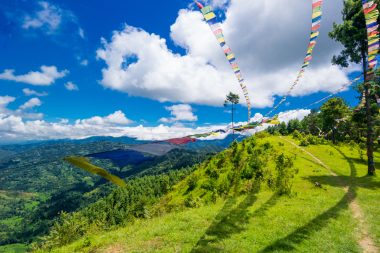
2000 years of cultural history await enthusiastic backpackers in Kathmandu. The capital of Nepal not only offers traditional hiking trails, but also invites you to take hour-long trips through the city. In this, the Monkey Temple (Swayambunath), the Garden of Dreams or the shopping street in Thamel are mandatory points. Food and accommodation are offered here more cheaply than almost anywhere else. With little money, you can spend a few weeks exploring the city and the surrounding mountains.
Chitwan National Park
About 5 hours from Kathmandu is the first national park Nepal. In lodges and hotels you can stay here between the excursions. Due to the high number of wild animals, inexperienced backpackers should only take guided tours here and refrain from camping in the wilderness. Through the jungle, several safari trips can be booked, specializing in the sighting of certain animals. Elephant safaris are one of the most popular attractions in the national park. But adventures with guides are also experienced on foot. An encounter with the Tharu tribe, the indigenous people of the jungle, promises deep insights into life in the wilderness.


